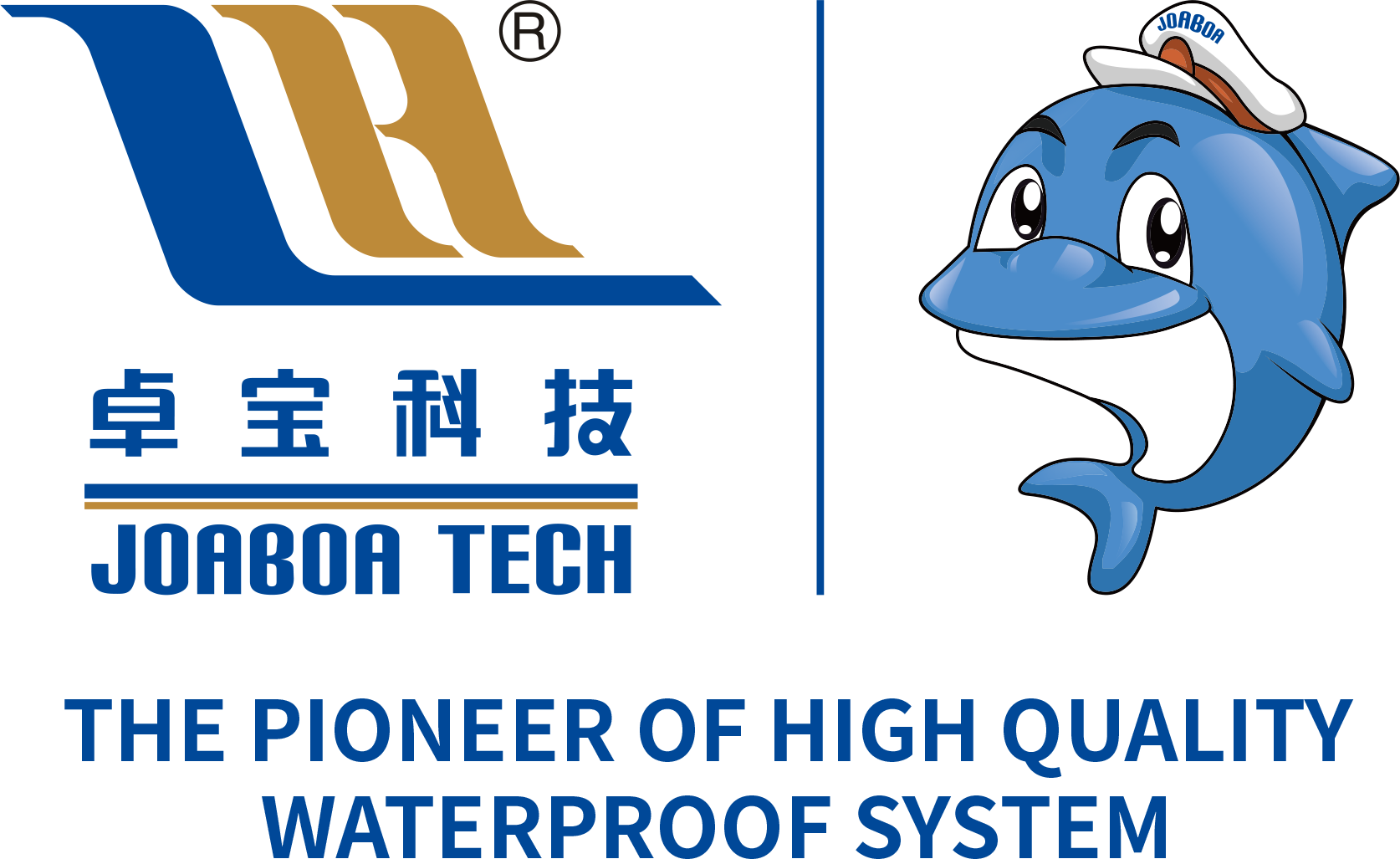Why SBS Bituminous Waterproofing Membranes Are Essential for Your Next Project
2025-05-08 14:20
Why SBS Bituminous Waterproofing Membranes Are Essential for Your Next Project
Introduction to SBS Bituminous Waterproofing Membranes
SBS (Styrene-Butadiene-Styrene) bituminous waterproofing membranes have become a cornerstone in modern construction, particularly in environments where water ingress is a significant concern. Designed to protect buildings and structures from moisture damage, these membranes offer an array of features that make them indispensable for both new constructions and renovation projects.
Understanding the Composition of SBS Bituminous Membranes
SBS bituminous membranes are primarily composed of a rubberized asphalt base, which is modified with styrene and butadiene. This unique blend offers a high degree of elasticity and flexibility, allowing the membranes to adapt to various structural movements without compromising their integrity. The membrane is typically reinforced with a fiberglass or polyester mat, enhancing its tensile strength and tear resistance.
Key Properties of SBS Bituminous Waterproofing Membranes
1. **Elasticity**: SBS membranes can stretch and recover without breaking, making them ideal for climates with fluctuating temperatures.
2. **Adhesion**: The adhesive properties of SBS make installation straightforward, ensuring that the membrane adheres well to a variety of substrates, including concrete, wood, and metal.
3. **Durability**: Resistant to UV radiation, chemicals, and extreme weather conditions, SBS membranes maintain their performance over time.
4. **Water Resistance**: The primary function of these membranes is to provide a reliable barrier against water infiltration, protecting underlying structures from damage.
Applications of SBS Bituminous Waterproofing Membranes
SBS bituminous waterproofing membranes can be employed in numerous applications, making them a versatile choice for various construction projects.
1. Foundation Waterproofing
One of the most critical applications of SBS membranes is in foundation waterproofing. By applying these membranes to the exterior of foundations, builders can prevent water from seeping into basements and crawl spaces, thereby protecting the structural integrity of the building.
2. Roof Waterproofing
SBS membranes are highly effective for flat and low-slope roofing systems. Their flexibility allows them to conform to the roof's surface, providing a seamless barrier against rain and snow.
3. Bridge and Parking Deck Waterproofing
Due to their durability and resistance to chemical spills, SBS membranes are ideal for waterproofing parking decks and bridges, where they protect both the structure and the vehicles above.
4. Podium Deck Waterproofing
In multi-story buildings, podium decks serve as a transition between different building levels. SBS membranes prevent water from penetrating these crucial areas, ensuring that the living spaces underneath remain dry and safe.
Benefits of Using SBS Bituminous Waterproofing Membranes
Utilizing SBS bituminous waterproofing membranes provides numerous advantages over traditional waterproofing methods.
1. Enhanced Longevity
SBS membranes have a longer lifespan compared to other waterproofing options. Their resistance to environmental stressors means less frequent replacements and repairs.
2. Cost-Effectiveness
While the initial investment may be higher, the durability and reduced maintenance costs associated with SBS membranes lead to significant savings over time.
3. Easy Installation
The installation process for SBS membranes is typically less labor-intensive than for liquid-applied systems, allowing for quicker project completion.
4. Environmental Benefits
Many SBS membranes are manufactured using environmentally-friendly processes and materials, making them a sustainable choice for modern construction.
Installation Process of SBS Bituminous Waterproofing Membranes
Proper installation is critical to the performance of SBS bituminous waterproofing membranes. Understanding the steps involved can help ensure a successful application.
Step 1: Surface Preparation
Before installation, the substrate must be clean, dry, and free of any debris or contaminants. This step is crucial for achieving proper adhesion.
Step 2: Installation of the Membrane
SBS membranes can be either self-adhesive or heat-welded. For self-adhesive membranes, simply peel back the protective backing and press the membrane into place. For heat-welded membranes, a torch is used to melt the edges, allowing them to fuse together seamlessly.
Step 3: Detailing and Flashing
Attention should be given to corners, edges, and penetrations to ensure a watertight seal. Proper detailing is essential to avoid leaks in vulnerable areas.
Step 4: Quality Control
After installation, a thorough inspection should be conducted to ensure there are no gaps, bubbles, or other defects that could compromise the waterproofing system.
Maintenance and Inspection of SBS Bituminous Waterproofing Membranes
While SBS membranes are designed for longevity, regular maintenance and inspection are necessary to maximize their lifespan.
1. Routine Inspections
Conduct regular inspections, especially after severe weather events. Look for signs of damage, such as cracking or bubbling, and address any issues promptly.
2. Cleaning
Keep the surface of the membranes clean and free from debris to prevent the buildup of moisture and potential damage.
3. Repairs
Small tears or punctures can be easily repaired with patching materials specifically designed for SBS membranes. Prompt repairs will help maintain the integrity of the waterproofing system.
Common Misconceptions About SBS Bituminous Waterproofing Membranes
As with any product, several myths and misconceptions surround SBS bituminous waterproofing membranes.
1. “They Are Only Suitable for Flat Roofs”
While SBS membranes are popular for flat and low-slope roofs, they can also be used effectively on sloped roofs with proper installation techniques.
2. “Higher Cost Equals Higher Quality”
While cost is an important factor, it does not always correlate with quality. Evaluating the specifications and performance of the material is essential.
3. “Membranes Are Difficult to Repair”
Many users believe that once a membrane is damaged, it is challenging to fix. In reality, SBS membranes can be easily patched, ensuring continuous protection.
Frequently Asked Questions (FAQs)
1. What is the lifespan of SBS bituminous waterproofing membranes?
SBS bituminous membranes generally have a lifespan of 20 to 30 years, depending on environmental conditions and maintenance.
2. Can SBS membranes be used in cold weather?
Yes, SBS membranes are designed to remain flexible in low temperatures, making them suitable for cold climates.
3. How do SBS membranes compare to EPDM membranes?
While both SBS and EPDM membranes offer excellent waterproofing, SBS membranes typically provide better flexibility and adhesion, particularly in extreme weather conditions.
4. Are SBS membranes environmentally friendly?
Many SBS membranes are produced with sustainability in mind, using recyclable materials and processes that minimize environmental impact.
5. Can I install SBS membranes myself?
Although some experienced DIYers may attempt installation, it is generally recommended to hire professionals for optimal results and to ensure warranty coverage.
Conclusion
In conclusion, **SBS bituminous waterproofing membranes** are an essential component of modern construction, providing unparalleled protection against water ingress. Their unique properties, diverse applications, and myriad benefits make them an ideal choice for a wide range of projects. By understanding the installation process and committing to regular maintenance, builders can ensure that their structures remain safe, dry, and durable for years to come. Whether it's for foundations, roofing, or outdoor structures, investing in SBS membranes is a decision that yields significant long-term value.
Related News









